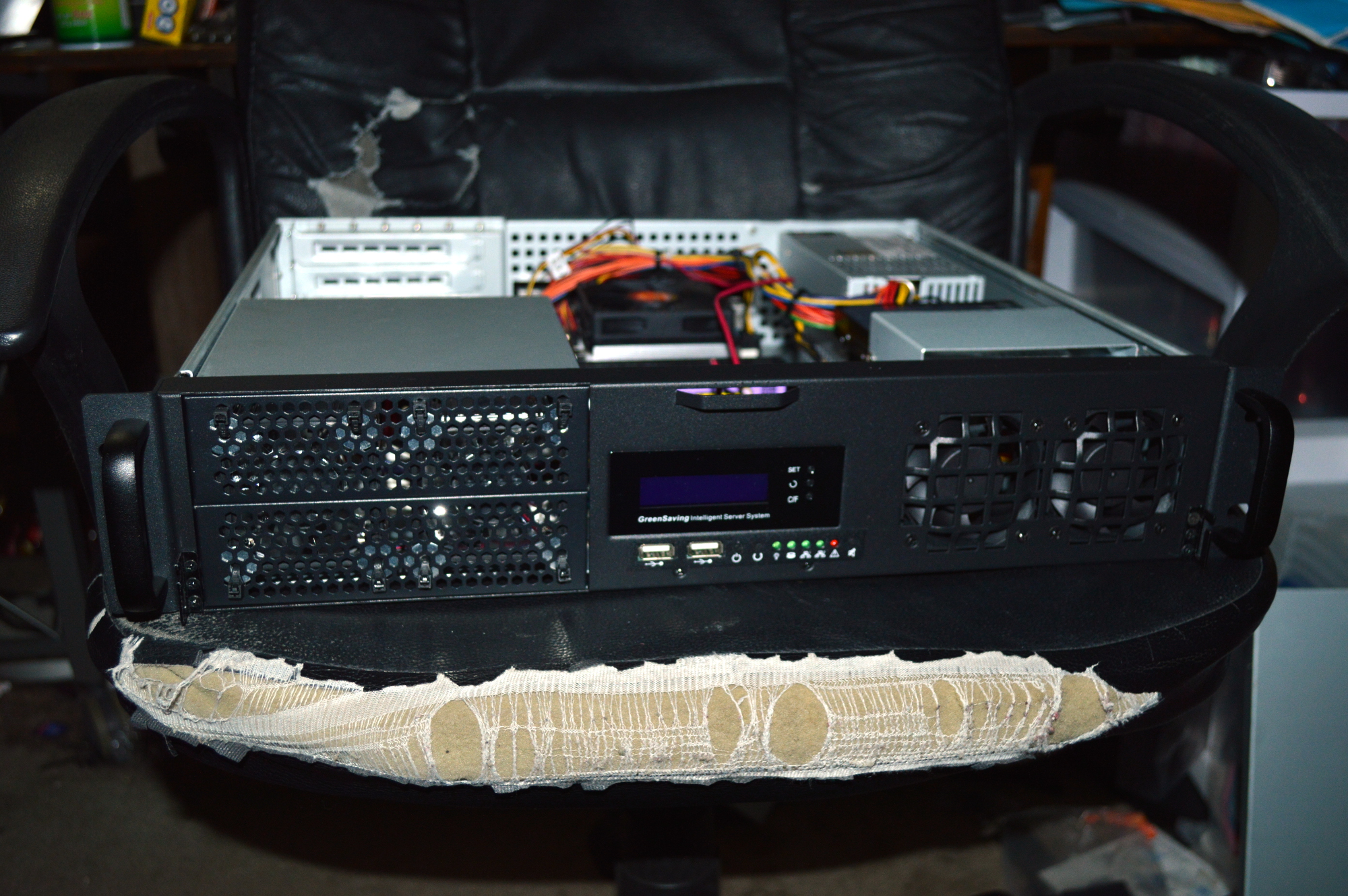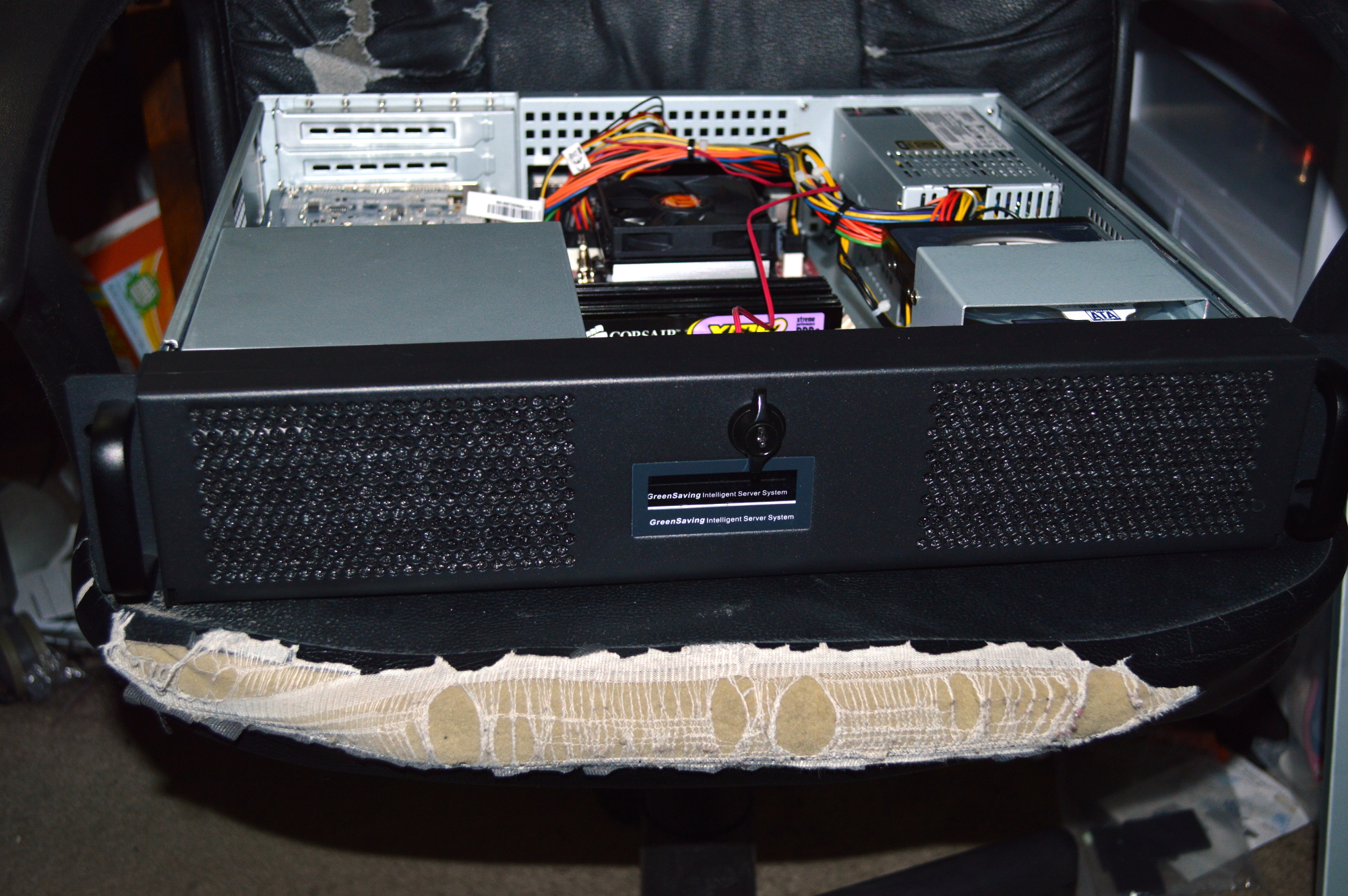It seems to be a growing, if not now the majority pattern to articles discussing gun control: “I support gun control and I’m a gun owner”. Oh wait, except the term they’re trying to front now is “gun safety”…
What’s worse is when people who are retired military and a gun owner also speaking out in support of gun control. Here’s the thing: being a gun owner does not increase the validity (or lack thereof) of your arguments in favor of gun control (“gun safety”). I’m not sure what word describes someone who already owns [insert item here] wanting greater restriction on the ownership of [said item]. I don’t think it’s hypocrite.
The most recent example of this from my observation comes from New Hampshire. A retired USAF “noncom” (meaning non-commissioned officer) wrote an article for the Concord Monitor about gun control and the recent expansion of gun rights in New Hampshire to include the ability to carry a firearm concealed into the New Hampshire Capital complex.
And the article does not start out well: “I’ll probably be excoriated by the pro-gun community for this”. This is like many images appearing on Imgur with a caption saying “This’ll probably die in user-sub” (don’t concern yourself with what that means if you’re don’t already know), or comments that start out with “This will probably get lost in the comments”.
These statements are made with the hope that it doesn’t, and in this case, this retired NCO is likely hoping the same. But saying the equivalent of “I’ll probably get a response to this” (though he was saying “I’ll probably get attacked for this”) in the hopes it doesn’t happen tells me two things: you are either either not confident about your position, or you don’t know how to present your position coherently.
It also presents a kind of persecution complex, and I really hope anti-gunners aren’t going to start presenting themselves as a persecuted class. That would just be pathetic.
Moving on.
“[O]ur legislators have once again made us a national laughing stock by passing rules that permit them to carry concealed firearms in the halls of our legislative buildings”
Actually the rule permits anyone to carry a firearm concealed in the New Hampshire House of Representatives. But who’s laughing, out of curiosity?
Now while the likelihood is very low that there will be any kind of shooting occurring at a legislative building — just as the likelihood is very low of a shooting really anywhere — it has happened before.
Recall back in 1998 two Capitol Police officers were killed when a gunman walked into the United States Capitol and opened fire, wounding two others. The gunman in question was known to the Secret Service to be a person who made a threat toward the President of the United States. He has also yet to be tried due to being found incompetent to stand trial.
So while the potential for a shooting at New Hampshire capitol building is unlikely, I can understand a desire to carry within the building. Except, anyone with a valid permit already could carry within the building. It’s just within the House of Representatives that carry was not allowed until the recent rule change. So really I don’t see why he’s complaining.
I’ll get to that in a little bit, but first, let’s turn to his gloating about his history with firearms:
I’m a retired Air Force noncom who has been a target shooter for more than 50 years and have hunted large and small game both here and abroad. I’m a staunch advocate of responsible firearm ownership.
I was a card-carrying NRA member for more than 20 years until Wayne LaPierre turned it into a circus of bitter old men with axes to grind. I’ve owned numerous handguns, rifles and shotguns of every ilk, and I have held a permit to carry concealed for years.
Well I’m not a military veteran. I’ve owned firearms for a little over 4 years now, and have been carrying concealed for a little over two. I am not a member of the NRA and never have been a member, but I am a member of the United States Concealed Carry Association. My opinion on LaPierre is mixed as I’ve only listened to a few of his speeches and otherwise don’t really care about his opinion.
But I’m also a staunch advocate of responsible gun ownership. For example I wrote an article about my concealed carry class I took 6 days before Sandy Hook, and how it appeared most of the others in my class were not competent with their firearm of choice (and most of them seemed to have .22LR pistols as well).
Yes, I carry a concealed handgun quite frequently, but I have no problem relinquishing my pistol when entering a facility that requires it. If I’m entering a post office, hospital or other facility that prohibits weapons, it gets locked in a safe in my vehicle or left at home.
I carry every day, not just “frequently”. I also have no problem leaving my pistol locked in my car where law or policy requires it — even if I feel doing so is unwise, such as at Oak Park Mall in Overland Park, KS. Most recently I did that yesterday with my visit to the post office. Same at the hospital where my wife’s orthopedist practices, and at the medical building with my wife’s physician and endocrinologist practice.
It’s simply a matter of the fact that the law requires this. Carrying a firearm into a Federal facility1As defined at 18 USC § 930(g)(1), including post offices, is a Federal misdemeanor218 USC § 930(a), unless that facility is a court facility3As defined at 18 USC § 930(g)(3), in which case it becomes a felony418 USC § 930(e)(1). Here in Missouri, carrying into a building with a posted “no firearms allowed” sign is not a crime, but can subject the person to removal from the premises5RSMO 571.107(2). Same with Kansas6KSA 2014 Supp. 75-7c10(e)(1). Failure to remove yourself from the premises could result in an “armed trespass” charge or something similar, which tend to be treated as aggravated misdemeanors.
So if you’re trying to present yourself as a “reasonable gun owner” by the fact you’re doing what the law requires, you’re not “reasonable” but arrogant. You’re also law-abiding, so congratulations.
Since my retirement from the military, I’ve never had an employer who permitted firearms on the job, and I respected that premise as a condition of employment.
There aren’t many employers that do allow employees to carry while on the job, and the ones that do tend to require it instead of just allow it — such as armored car drivers and some security details, along with, of course, law enforcement. My employer requires that I have my weapon properly secured in my vehicle and that I cannot have it on my person while I’m in the building. We also have armed security on the site, so I’m not hugely concerned.
You also have no choice but to respect their weapons policies if you want to stay employed. Again if you’re trying to present yourself as more “reasonable” because you respected that policy, again you’re really presenting yourself as more arrogant.
Now here we have a bunch of so-called pillars of our society who feel they can’t get the job done as legislators unless they’re armed to the teeth.
So carrying one pistol, likely without any spare magazines or speed loaders (in the case of revolvers), is “armed to the teeth”? Have you lost your mind, or are you succumbing to the over-the-top rhetoric coming out of gun control organizations like Bloomberg’s crowd?
What do they fear? We have yet to have any incidents in the House or Senate that would justify their “need.” What kind of message does this send to the school children who frequently visit the chambers?
Again, see my example quoted above of the 1998 incident at the United States Capitol. While no legislators were harmed in that incident, it does establish the possibility of an attack on a legislative building or office. But again, the rule isn’t limited to just legislators, and merely opened up the legislative chamber since previously that was the only part of the New Hampshire capital complex where you could not carry concealed.
His next couple paragraphs are about the kind of fear mongering I see out of gun control supporters who own guns and can basically be summarized his opening question: “Have they had proper safety and marksmanship training?” The answer to this is quite obvious: they have had safety and marksmanship training to the degree necessary to obtain a concealed carry permit. This retired NCO seems to think this rule means anyone can carry concealed, instead of just those with a permit.
The rule in question in the New Hampshire House of Representatives is House Rule 63, which currently states:7New Hampshire House of Representatives legislative journal for 2015, January 2, page 2
No person, including members of the House, except law enforcement officers while actively engaged in carrying out their duties as such, shall display any deadly weapon as defined in RSA 625:11, V while in the House Chamber, anterooms, cloakrooms, or House gallery.
It should be noted that the New Hampshire Senate has no such restriction in its rules that I could tell — if I’m overlooking it somehow, someone please point it out — and there is no law in New Hampshire restricting the carry of firearms except with regard to courthouses (for what should be obvious reasons). Federal laws still apply, obviously.
But this rule doesn’t abrogate the standing laws regarding concealed carry in New Hampshire, meaning the permit is still required, and all persons seeking a permit must follow the same process, including legislators.
If you’re uncomfortable with the level of marksmanship competence that must be displayed to obtain a concealed carry permit in the State of New Hampshire, then work to change that as opposed to restricting where all persons who have qualified can carry. Personally I’d like to see a marksmanship certification required for renewal of a concealed carry permit.
Beyond this, he goes into a ton of speculation that really makes me question his mental faculties, including “Perhaps the politicians are afraid someone will take offense at some of the wacky antics we’ve seen in the Legislature of late, and perhaps justifiably so.”
And then there’s his concluding paragraph:
Another related issue is the movement to eliminate the need for concealed carry permits. These permits are intended to provide local law enforcement with a tool to winnow out the potential crazies who may not yet have reached the status of felon or other person of questionable character. New Hampshire’s small towns provide their police chiefs the luxury of knowing most, if not all, of their constituents, and being able to deny permits for cause. I sleep better knowing there’s at least one level of control in place. I know of several shady local individuals that should be denied permits to carry. Let’s keep that local control.
I wonder of this person is aware of the fact that New Hampshire issues permits to persons not living in New Hampshire — and they’re not the only State to do so — along with providing full reciprocity to States that honor their permits. So that basically means I can carry my pistol concealed in New Hampshire without the need for a non-resident permit.
The application requires providing the names and mailing addresses of three references, the name and address of your current employer, repeats several questions found on the ATF form 4473, and asks that you declare a reason for the application — though “self defense” is considered a proper reason. And the law requires the applicant be a “suitable person to be licensed”, so this must be the “local control” he is alluding to.
But his statements otherwise parallel the statements commonly made whenever discussing making it easier to own and acquire firearms — i.e. it’s just fear mongering.
References










You must be logged in to post a comment.